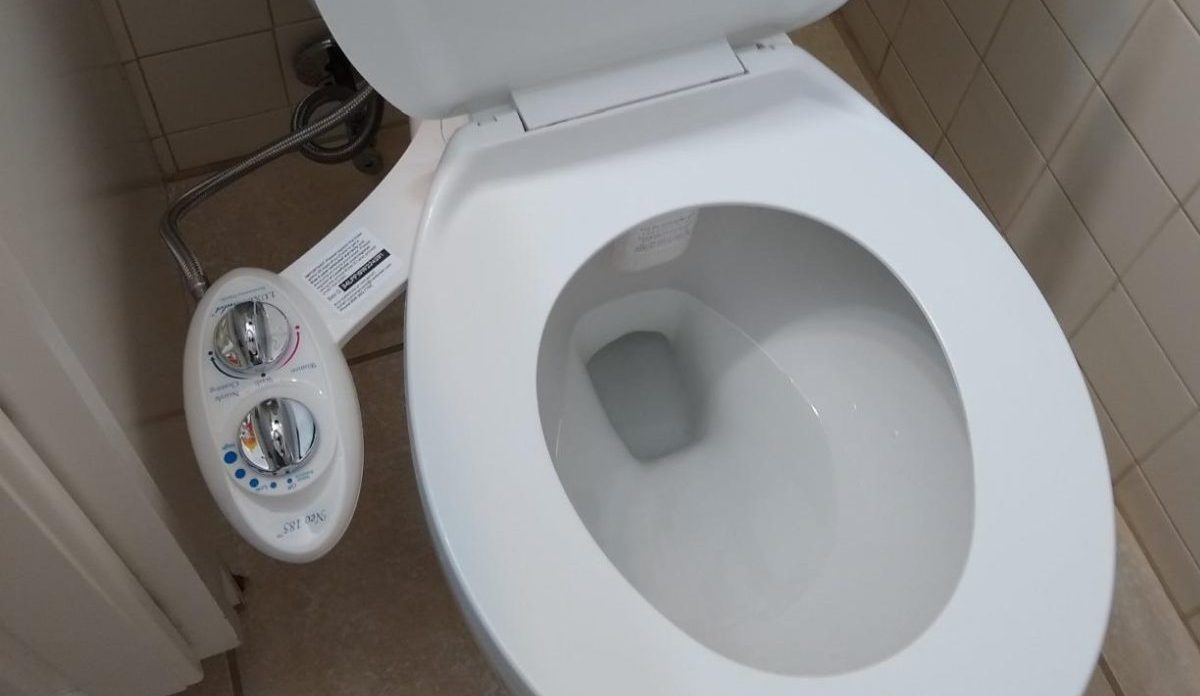In recent years, the question of are bidets sanitary has increasingly caught the attention of homeowners and hygiene enthusiasts alike. As more people search for eco-friendly and effective ways to maintain personal cleanliness, bidets have emerged as a popular choice. But how do they measure up in terms of sanitation? In this article, we will delve into the hygiene aspects of bidets, their advantages, and how they compare to traditional toilet paper.

The Rise of Bidets in Modern Bathrooms
The use of bidets can be traced back centuries, primarily in European and Asian countries. However, in recent years, there has been a significant rise in their popularity in North America. This shift is partly due to the increasing awareness of the environmental impact of toilet paper and the desire for a more thorough cleaning experience. As bidets become more common, it is essential to address concerns about their hygiene.
Understanding How Bidets Work
Before diving into whether bidets are indeed sanitary, it's crucial to understand how bidets work. A bidet is a plumbing fixture or attachment designed to clean the genitalia, perineum, inner buttocks, and anus. It operates by spraying a stream of water that users can control in terms of pressure and temperature, providing a gentle yet effective cleanse.
Bidets vs. Toilet Paper: A Sanitary Comparison
One of the most significant advantages of using a bidet is the level of cleanliness it offers compared to toilet paper. While toilet paper merely wipes the surface, a bidet uses water to wash away residue, providing a more thorough clean. This method reduces the risk of irritation and infections caused by leftover bacteria. Additionally, bidets can be particularly beneficial for individuals with mobility issues or sensitive skin.
Addressing Concerns: Are Bidets Truly Hygienic?
Despite the benefits, some people remain skeptical about the sanitation of bidets. Concerns often arise about the cleanliness of the water and the potential for contamination. However, modern bidets are designed with hygiene in mind. The water used in bidets comes directly from the same clean water supply as your tap, ensuring it is safe and fresh. Additionally, many bidets feature self-cleaning nozzles, which minimize the risk of bacterial buildup.
Maintaining a Clean Bidet
Regular maintenance is key to ensuring that your bidet remains sanitary. Cleaning the bidet nozzle periodically and following the manufacturer's maintenance instructions can help prevent any hygiene issues. For more information on keeping your bidet clean, visit this comprehensive guide.
Environmental Benefits of Using a Bidet
Aside from the hygiene benefits, bidets offer significant environmental advantages. The production of toilet paper is resource-intensive, involving the felling of trees, usage of water, and energy for manufacturing and transportation. By using a bidet, you can significantly reduce your household's reliance on toilet paper, contributing to environmental conservation efforts.
Embracing the Bidet: A Personal Choice
Ultimately, the decision to use a bidet boils down to personal preference. While some may stick to traditional methods, others may find the hygienic and environmental benefits of bidets compelling. As the world becomes more conscious of sustainability and personal health, bidets are likely to become a standard fixture in bathrooms worldwide.
Where to Start: Installing a Bidet
If you're considering making the switch, there are numerous bidet options available, ranging from affordable attachments to high-end standalone units. To learn more about water pressure settings, check out this detailed article.

FAQs
- Do bidets completely replace toilet paper? While bidets provide a thorough clean, some users may prefer to use a small amount of toilet paper for drying purposes.
- Are bidets suitable for all ages? Yes, bidets can be used by people of all ages. They are particularly beneficial for those with mobility issues.
- Can a bidet be installed in any bathroom? Most bathrooms can accommodate a bidet, especially with the availability of versatile attachments that fit standard toilets. For more guidance, consider this step-by-step guide.
This article contains affiliate links. We may earn a commission at no extra cost to you.






